Argonne scientists recognized for use of exascale computing tools to achieve high-fidelity simulations of advanced nuclear reactor systems and high-resolution simulations that reduce uncertainty in climate model predictions.
Tag: Visualization
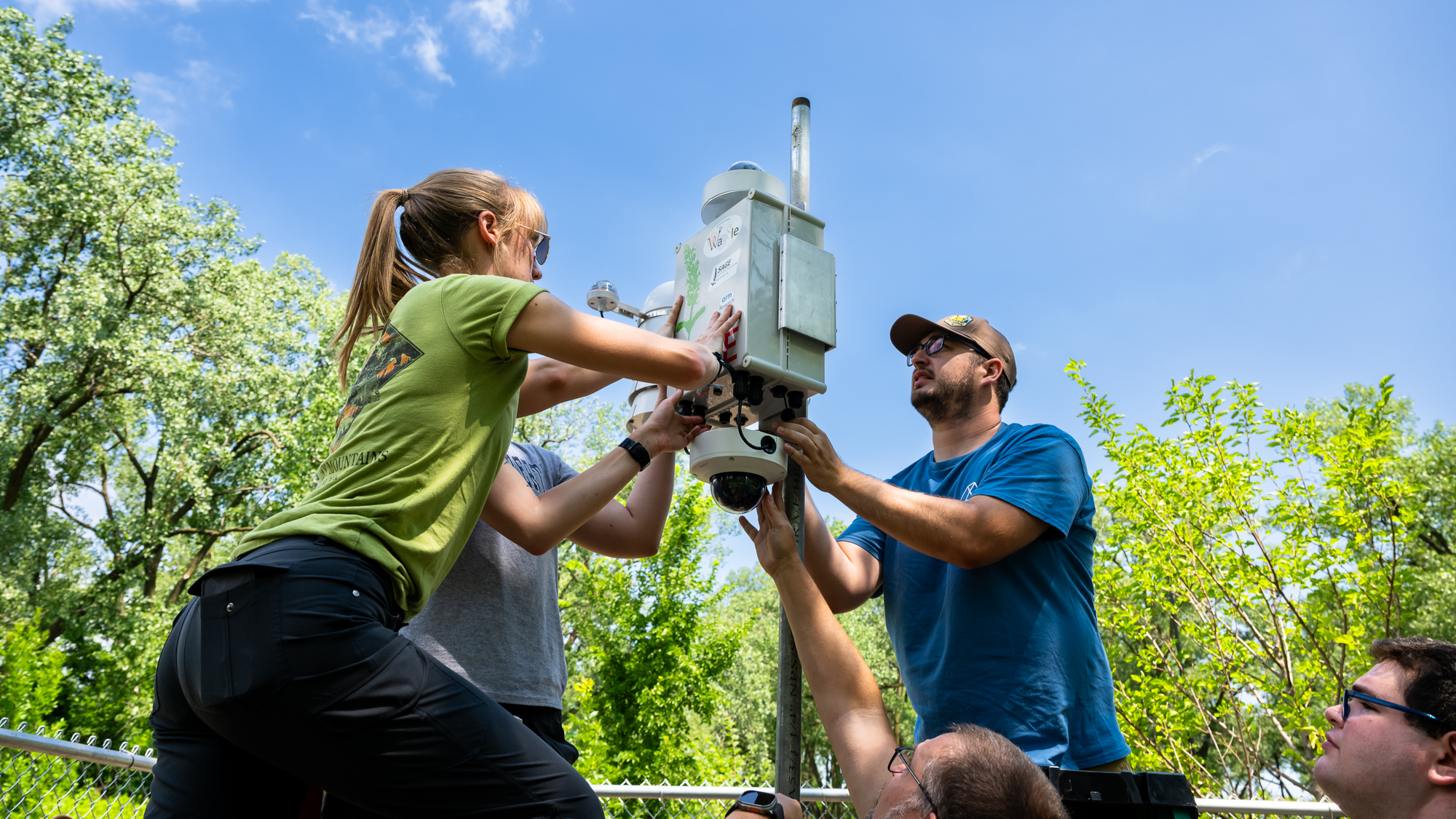
Chicago State University to serve as ‘scientific supersite’ to study climate change impact
Argonne and Chicago State University deployed instruments at the Chicago State University Campus to measure Chicago’s changing climate. These sensors are among the first for the Argonne-led Urban Integrated Field Laboratory called Community Research on Climate and Urban Science (CROCUS).
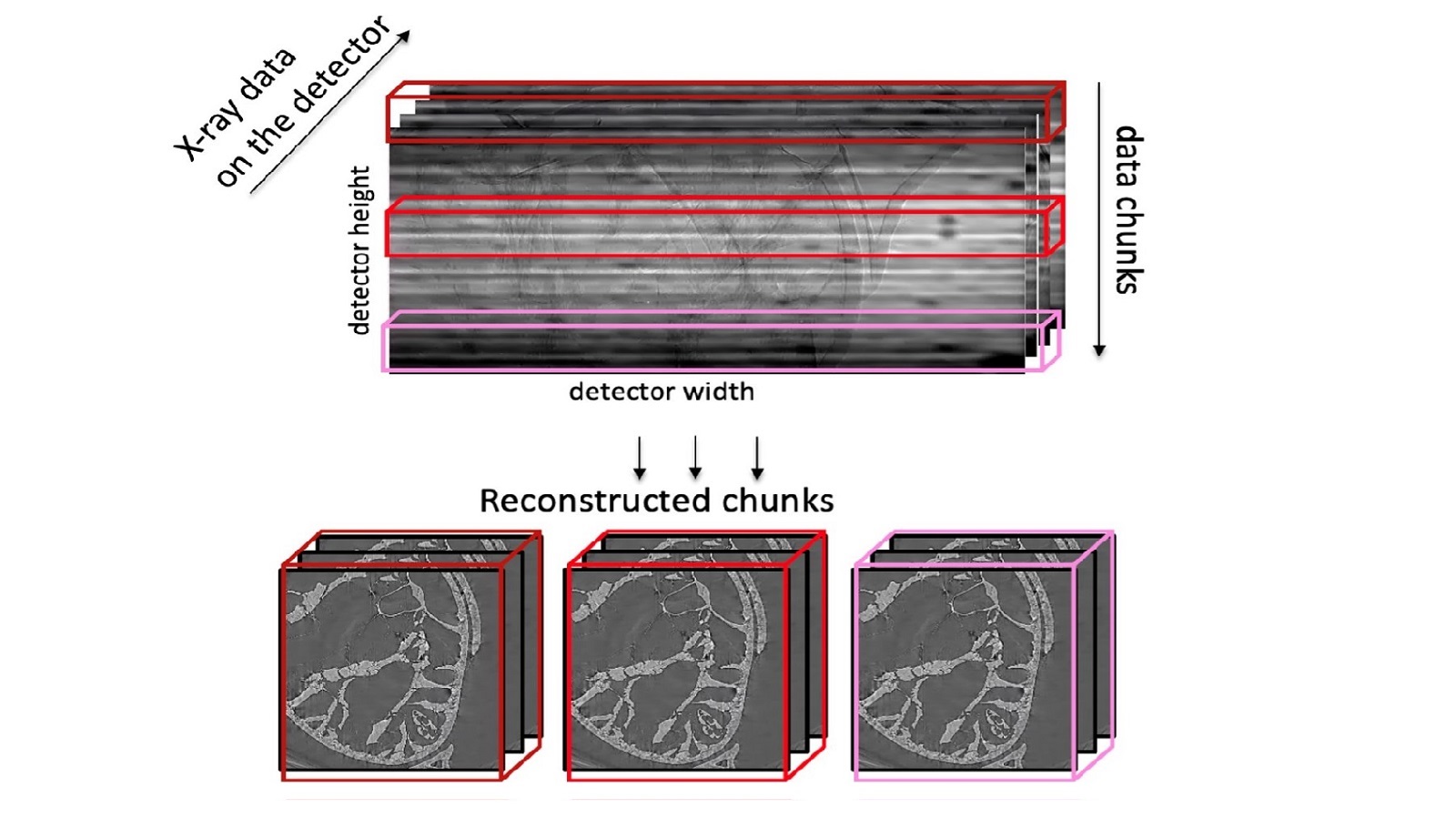
Argonne scientist develops new X-ray data reconstruction method
A new software package developed by Argonne will help scientists reconstruct data from X-ray tomography experiments at the Advanced Photon Source up to 30 times faster than current methods.
4 science advances coming in the exascale era
To celebrate Exascale Day, Argonne highlights some of the projects poised to make scientific breakthroughs on the upcoming Aurora exascale computer. Their research explores the spread of cancer, fusion energy, brain mapping, particle physics and more.
5 big strides from Argonne towards nuclear energy’s future
Nuclear energy is an exciting carbon-free energy source. Recent work at Argonne National Laboratory shows how nuclear energy can improve and why it is such an enticing resource in the fight against climate change.
Paintings, Cartoons Combine to Render Biological Molecules
During the annual ACA meeting, David Goodsell, of Scripps Research and RCSB Protein Data Bank, will discuss his use of artistic methods to visualize biological data. His presentation, “Art as a Tool for Structural Biology,” takes place Tuesday. Traditional artistic mediums, like painting, provide the freedom necessary to illustrate cells, and Goodsell is using illustrations to lay the foundation for computational modeling of whole cells. He also creates brightly colored, cartoonlike graphics with nonphotorealistic computer graphics methods to highlight the overall shape of molecules and how they assemble and interact.
New imaging technique allows researchers to see gene expression in brains of live mice in real time
A University of Minnesota Twin Cities-led team has developed a new technique for imaging mRNA molecules in the brains of living mice. The research reveals new insights into how memories are formed and stored in the brain and could allow scientists to learn more about diseases such as Alzheimer’s in the future.
Lowering the temperature on a hot topic: a climate change primer
Earth Day presents a good opportunity to help clear up some essential questions about climate change; what it is, what is responsible and how we know it’s real.
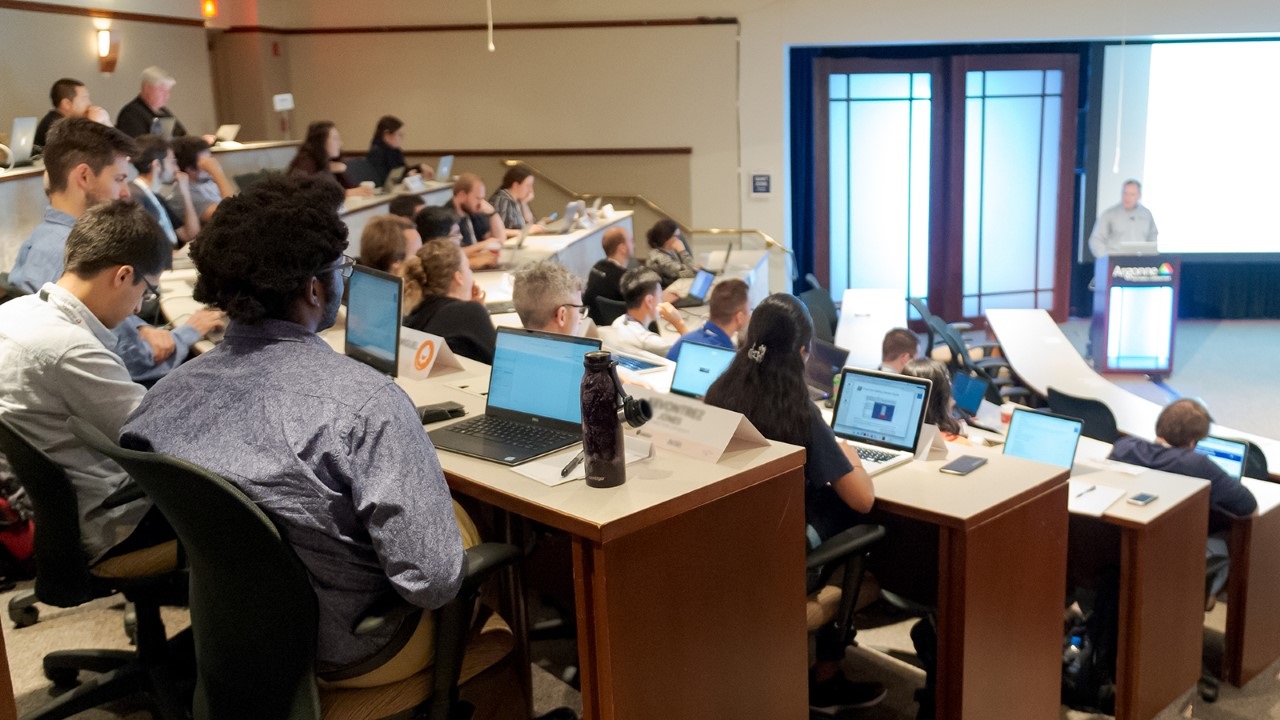
Argonne Training Program on Extreme-Scale Computing seeks applications for 2021
ATPESC provides in-depth training on using supercomputers, including next-generation exascale systems, to facilitate breakthrough science and engineering.
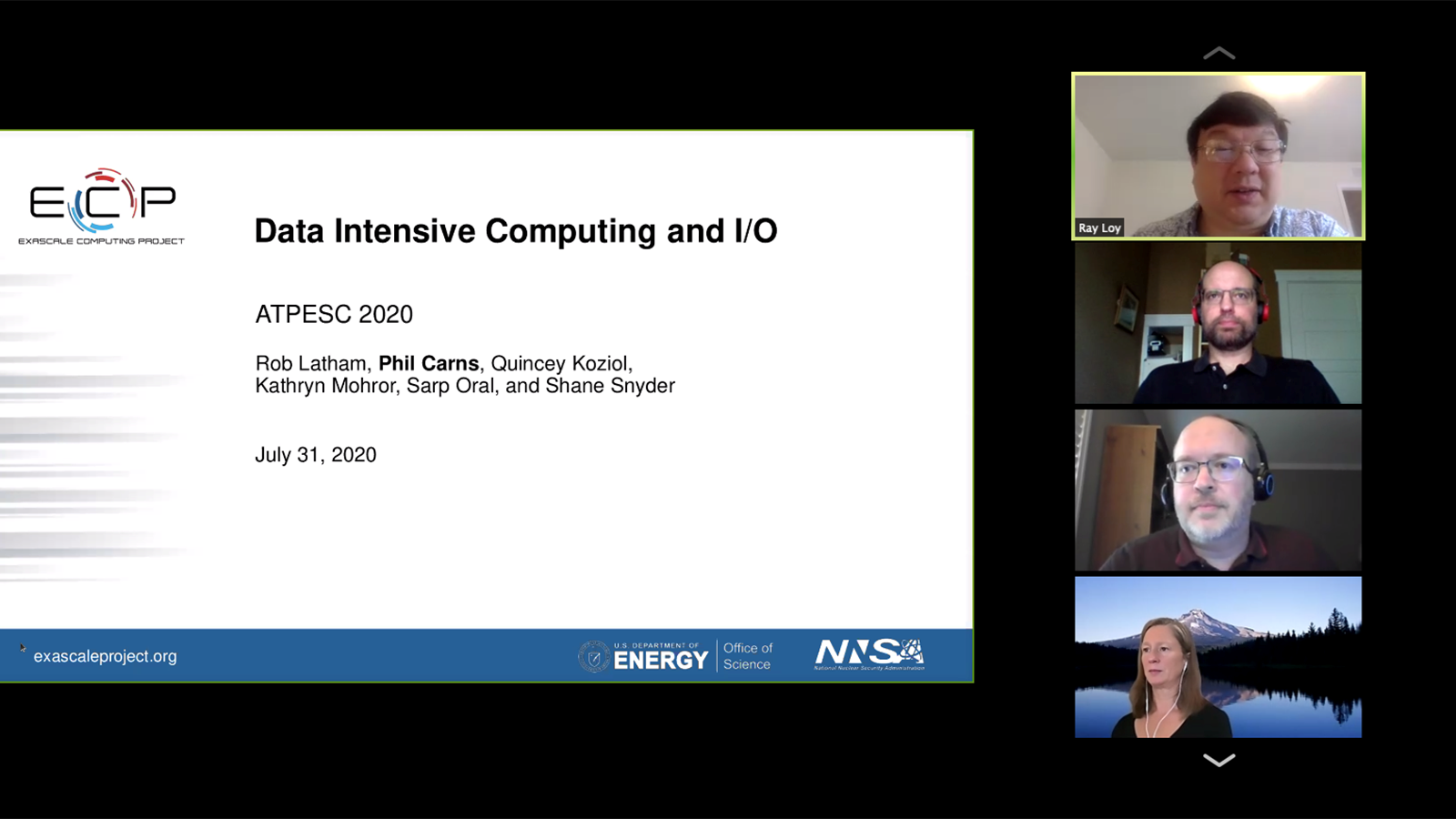
Virtual Argonne training program prepares researchers for extreme-scale computing
The annual Argonne Training Program on Extreme-Scale Computing went virtual this year, providing two weeks of instruction to ready attendees for science in the exascale era.
Visual analytics tool plucks elusive patterns from elaborate datasets
An ORNL team developed CrossVis, an open-source, customizable visual analytics system that analyzes numerical, categorical and image-based data while providing multiple dynamic, coordinated views of these and other data types.
Rutgers Expert Can Discuss New Home and Property Flood Risk Data
New Brunswick, N.J. (June 29, 2020) – Rutgers University–New Brunswick professor Robert E. Kopp is available for interviews on new flood risk data for more than 142 million homes and properties in the United States. The data were released by the First Street Foundation, a…
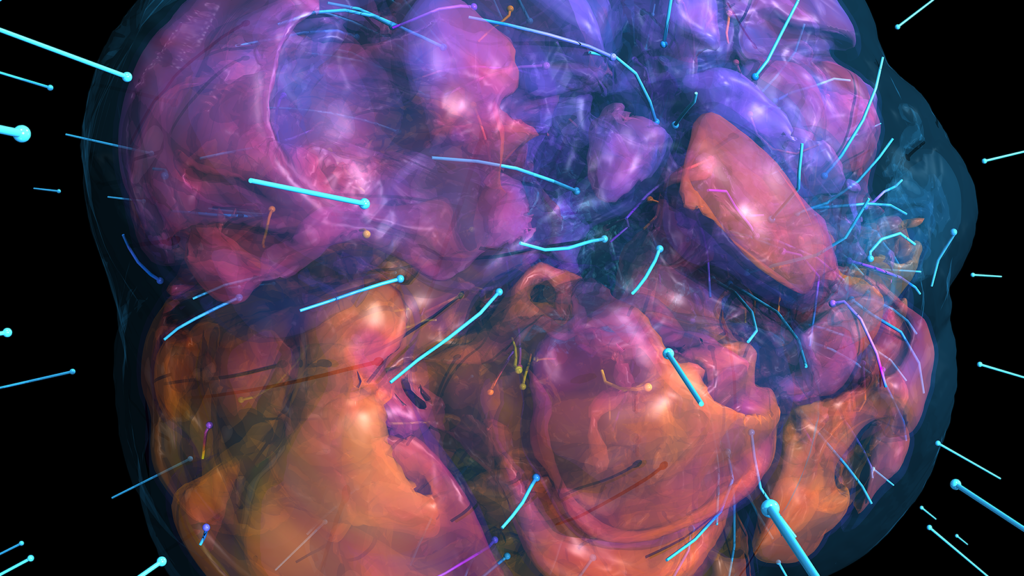
Argonne researchers to share scientific computing insights at SC19
Several Argonne researchers will attend the Supercomputing 2019 (SC19) conference to share scientific computing advances and insights with an eye toward the upcoming exascale era.